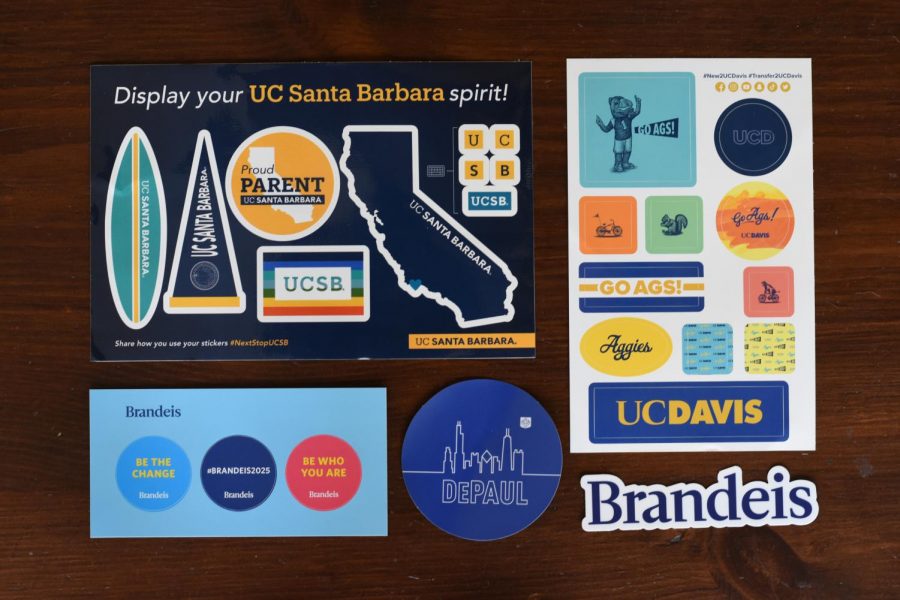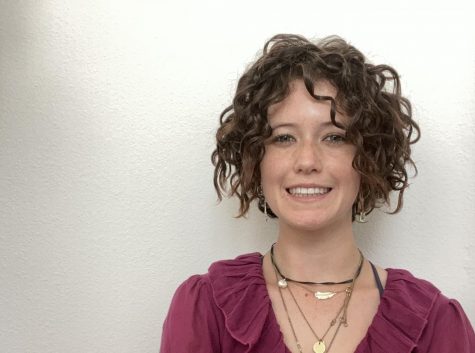2021 Is An Unusual Year For College Admissions
Colleges have greatly increased their recruiting efforts by constantly mailing prospective applicants letters and stickers encouraging them to apply.
April 29, 2021
I had a well thought out college list, and then COVID hit. Universities were shut down and many had announced that they would not be returning in-person for the following school year. But would colleges be open in fall of 2021? It was a question that nobody knew the answer to. And because of that, I altered my college list to accommodate for the uncertainty and unpredictability about the future of colleges.
I, like many other students, applied to some reach schools that I would not have normally applied to during a year that test scores were required. One of those “reach” universities that I applied to was Northwestern. On March 26, I logged into my portal to see a formal rejection from the college, followed by multiple statistics of what this year’s admissions had looked like for the university.
According to the letter, Northwestern received 48,000 applicants and admitted 2,000 for the incoming class of 2025, meaning that there was about a 5% acceptance rate. Northwestern is not the only university that experienced an unusually high influx of applicants this year.
Many prestigious, already hard-to-get-into schools, saw massive increases in applicants due to the removal of the standardized testing requirement. For the class of 2021, SAT and ACT scores were waived, and students used this as an opportunity to apply to their dream schools, like Harvard and Columbia.
At Harvard, 3.4% of applicants were admitted as compared to the 4.9% that were admitted the previous year. Columbia’s admission rate also dropped from 6.1% to 3.7%, which was a massive decrease unpredicted by the admissions office.
“Ten percent of the class entering this fall were admitted a year ago, and decided to take a gap year. That left fewer places than usual,” said Chirstoph Guttentag, dean of undergraduate admissions at Duke University.
Duke University is another example of a college that received a massive inundation of applicants. This year, there were 25% more applicants, which caused Duke’s acceptance rate to drop from 7.7% to 5.8%.
This trend also applies to UC schools. Most of the UC’s — specifically Berkeley, Davis, Irvine, Los Angeles, and Santa Barbara — had roughly 10,000 more freshman applications than they normally would. And that’s for the same reason that Ivy Leagues saw an increase in applicants: students were more optimistic about their chances of getting into a “reach” school with the removal of the test score requirement.
Many students applied to reach schools, despite the fact that they would likely not get in even after the change in SAT/ACT requirement. However, there were also many students who were qualified to get into high-ranking universities and did not, despite being a good applicant.
It leads people to wonder what kinds of applicants were being admitted — what, this year, made a student “qualified” for a certain university. Their lack of admission only adds to the craziness of COVID and the whirlwind of events that have occurred over the past year.
It’s important to recognize that this year’s admissions were even more unusual and unpredictable in comparison to previous years. Because it was especially hard to get into college this year, applaud yourself for the universities that you were offered admission.


